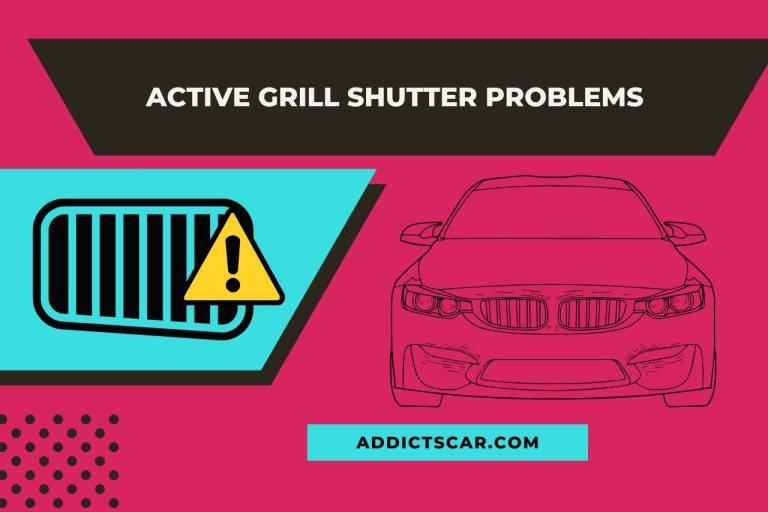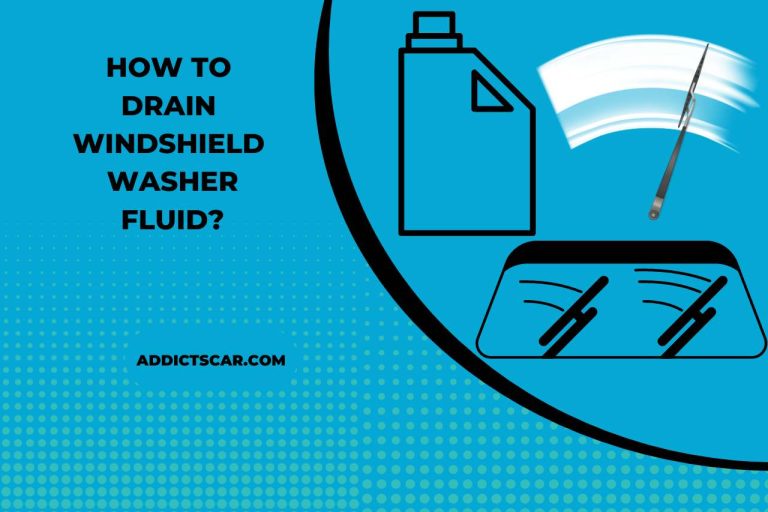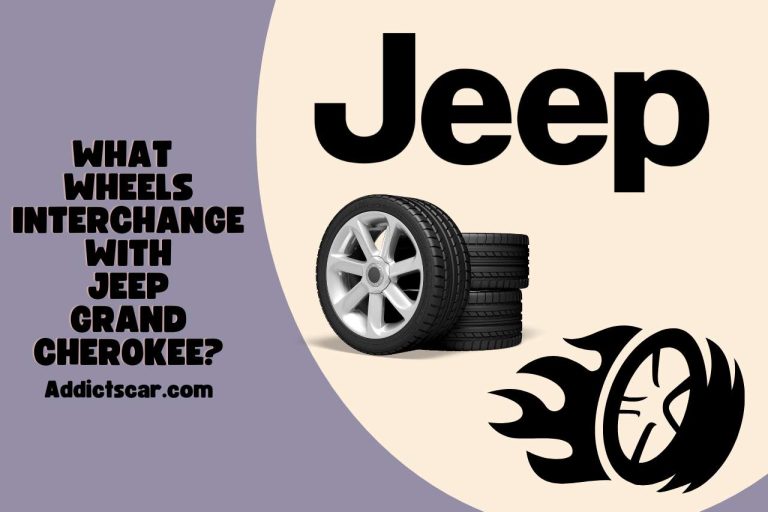Are Headlight Bulbs Covered Under Warranty? Everything To Know
You automatically get a guarantee to guard you against issues that shouldn’t arise with a new car when you purchase it from a dealership. The guarantee does not apply to parts of your car that need to be fixed or replaced due to wear and tear from use. Are headlight bulbs covered under warranty if that is the case? The best defense in these circumstances is knowledge.
What Kinds of Warranties are there?
Warranty from Bumper to Bumper
This additional protection is the one receiving the most attention. When a car leaves the factory, nearly every single element is covered by the manufacturer’s warranty. The power circuit, a few plant attachments, and a myriad of other items that make up the vehicle’s front and back borders must all be protected for major repairs in line only with warranty’s time and usage limitations.
Powertrain Warranty
A separate powertrain warranty covers the majority of new cars’ engines, transmissions, driveshafts, transaxles, axle shafts, differentials, and, for four-wheel drive models, transfer cases. Powertrain and bumper-to-bumper guarantees are included with every new car sold in the United States.
Corrosion Warranty
It is correct to refer to this guarantee as a “rust-through” warranty since it only covers the replacement of body panels that have totally rusted through. Additionally, there is “surface corrosion,” which hides the earlier, more superficial rusting symptoms.
EV or Hybrid Component Warranty
The cost of repairing or replacing the electric motor and the battery that drives it is covered by the warranty for new hybrid and electric vehicles (EVs).
Guarantee on Emissions
Manufacturers must offer maintenance or replacement coverage for crucial emissions control components under federal law.
Are Headlight Bulbs Covered Under Warranty?
Automobile warranties do not apply to interior or exterior lighting in your automobile. They are excluded from warranties because they are considered worn parts of your car.
When you do need to replace a lightbulb that is not covered by a warranty, it is worthwhile to be aware of the costs involved. The amount of driving you perform in low light will affect the longevity of your headlight bulbs, among other things.
- The normal lifespan of a Tungsten-Halogen lighting beam is between 450 and 1,000 hours.
- LED bulbs installed in some automobiles have a lifespan of 30,000 hours, while Xenon lamps can last for over 10,000 hours.
- Traditional tail light bulbs, which are often incandescent, can last for five to six years on average, while LED tail lights have a lifespan of 12 to 13 years.
It is your duty to maintain the functionality of your car’s lights, and you should exercise constant caution for both your own security and that of other road users.
What is Covered by an Auto Warranty?
If something truly awful were to happen to one of your vehicle’s networks, your warranty would cover any required repairs. While some policies may have more exclusions, others may cover more parts. Verify in detail what is covered by the warranty before purchasing a policy.
Frequently, fundamental auto damage is not covered by auto contracts. Therefore “consumables”—parts of the car that are frequently used—are typically excluded from coverage. There may be rigorous limits and conditions if you want to submit a claim for “wear and tear,” such as when parts fail or are damaged sooner than they should be covered by some warranties.
Some auto warranties might cover roadside assistance. You might still want to think about obtaining a separate breakdown cover policy because this might only provide basic levels of protection. There will be a cap on the amount you can recover under your warranty, just like there is with most insurance policies. In the event that the price of any repairs is greater than this limit, you would be liable for such shortfall.
What is Excluded from an Automobile Warranty?
Generally speaking, your car warranty won’t cover the following components and circumstances.
Recurring Upkeep
Tire rotations and other routine maintenance procedures like oil changes are not covered.
Wear-and-tear Things
Brakes, brake pads, replacement windshield wiper blades, and headlight bulbs are examples of parts that are not protected.
Damage to the Body’s Exterior and Panels
While your corrosion perforation warranty may, in some cases, provide coverage for specific circumstances, dents and scratches in the paint are not.
Interior Harm
You are accountable for aesthetic problems like rips in the seats and damaged plastic.
Issues Brought on by Poor Car Maintenance
Your warranty will be void if you drive recklessly or fail to perform normal auto maintenance.
Accidental Damage, theft, and Extreme Weather Damage
Damages from hail, flooding, and falling tree branches are not covered, nor are problems brought on by auto accidents, vandalism, or theft.
Adjustments or Alterations
Your warranty will be null and void if nonfactory parts are installed and the odometer is tampered with.
Reading the tiny print in your owner’s handbook or warranty booklet is the best method to find out what a car warranty includes and doesn’t. This is particularly sage considering that not every car model and make has the same kinds and durations of coverage.
I Installed Aftermarket Headlight; Would this Invalidate My Warranty?
There are numerous installation types available for LED lights. Some require no wiring at all, while others do. There is no need to rewire when installing these plug-and-play bulbs.
The warranty shouldn’t be voided technically if you switch to LED projector headlights. Most LEDs are replaced with straightforward kits that don’t need to be modified. Typically, they fit easily inside the current headlight assembly’s socket. As a result, automakers are not against such installations.
Generally speaking, a component is not covered by your warranties if it fails to interfere with a car’s normal operation, cause physical damage to an automobile, or circumvent an exhaust emissions device. Just an alternative component. Thus, changing your headlight bulb part with another aftermarket headlight bulb part is equivalent to replacing it with a different non-stock halogen bulb.
Your goal as a competent driver should be to fully comprehend all of their warranties and what is covered.
You May Also Like





![The Clutch Pedal Stuck to the Floor? [Reasons]](https://www.addictscar.com/wp-content/uploads/2022/11/clutch-pedal-stuck-to-the-floor-768x512.jpg)

